My favourite painting: Pam Ayres
'Venomous snakes abound, his horse may stumble, bushfires may engulf them. Still he canters on, down the endless line of the fence'
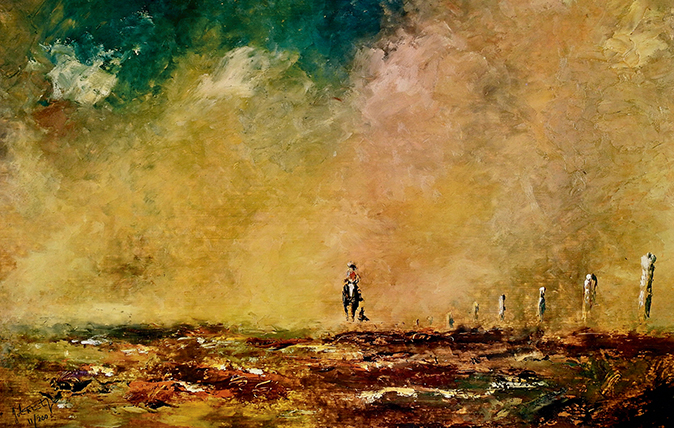

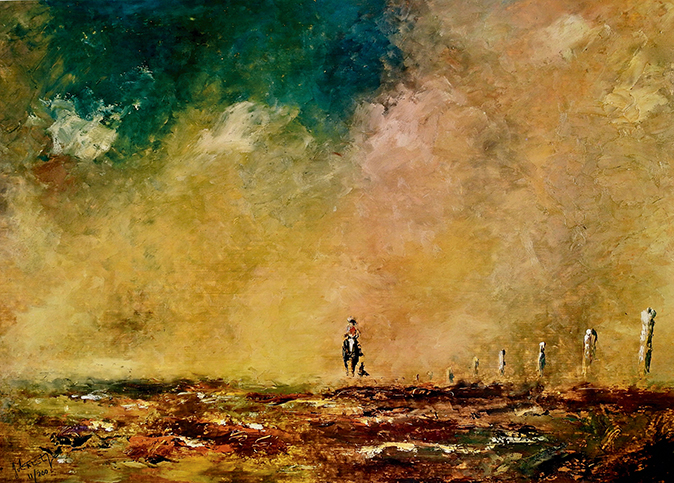
The Boundary Rider, 1968, by John Pickup (b.1931), 3ft by 2ft, private collection
Pam Ayres says:
I met John Pickup in 1979. I was on my first visit to Australia, touring country towns for the South Australian Arts Council before visiting the major cities. I was petrified. John was in the audience when I played Broken Hill and afterwards he sent me a beautiful oil painting of me on stage with a little boy from the audience. We visited his studio and he gave me a print of The Boundary Rider. I love it for its solitude and for the toughness of the man. Venomous snakes abound, his horse may stumble, bushfires may engulf them. Still he canters on, down the endless line of the fence.
Pam Ayres is a writer and entertainer. Her latest book, The Last Hedgehog, is published tomorrow to coincide with Hedgehog Awareness Week (May 6–12)
John McEwen comments on The Boundary Rider:
John Pickup had a long career as a broadcaster for the Australian Broadcasting Company. He specialised in sound ‘pictures’, so the fact he is also a painter is not surprising. In 1973, when running the ABC station at remote Broken Hill, New South Wales, Australia’s longest running mining town, he joined forces with some other self-taught painters: Pro (‘Professor’) Hart, miner; Hugh Schulz, Second World War commando and mining prospector; Eric Minchin, accountant; and Jack Absalom, outback guide and kangaroo shooter. Their first exhibition received a headline ‘Brushmen of the Bush’. Mr Pickup registered it as a business name. The group were soon exhibiting across Australia and abroad, including London.
‘We didn’t go to art school,’ said Mr Pickup, ‘so we just muddled through… and developed our own particular styles.’ They disbanded and followed individual careers from 1989. Their group exhibitions were staged in aid of charities (particularly for children) and raised the equivalent of AUS$1.64 million.
Only Mr Pickup and Mr Absalom survive. The group were not popular with what The Sydney Morning Herald called the ‘pontificating elite’ of the art establishment. This included the New York-based art critic Robert Hughes.
In addition to the far-reaching effect of their charitable donations, the Brushmen have transformed declining Broken Hill – where there were hard-drinking miners’ pubs, now there are art galleries. Mr Pickup’s subjects are diverse: ‘I find that literary work and films are a great source of inspiration – often in ways I didn’t first expect.’
Sign up for the Country Life Newsletter
Exquisite houses, the beauty of Nature, and how to get the most from your life, straight to your inbox.
A boundary rider works on cattle or sheep stations, touring their perimeters to check everything is in order.
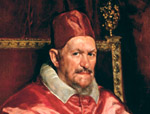
Stephen Fry’s favourite painting
Stephen Fry shares why he loves this famous Velázquez painting of Pope Innocent X
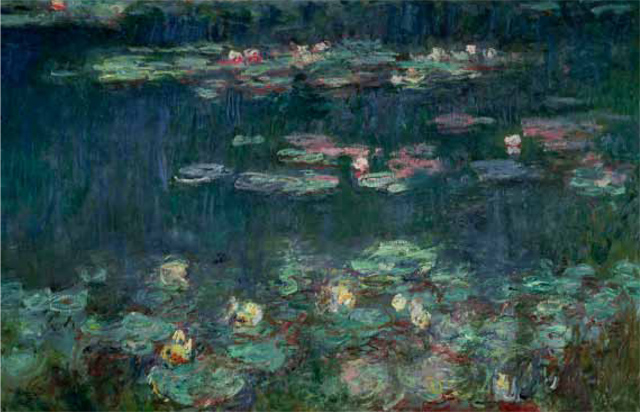
My Favourite Painting: Lulu
Lulu chooses her favourite painting for Country Life.
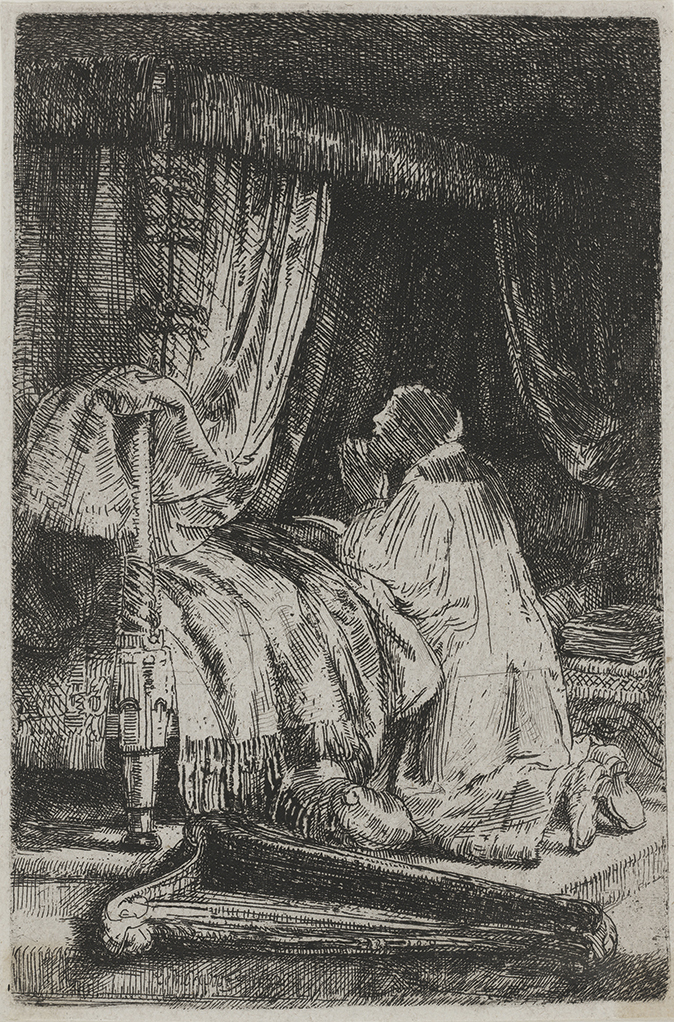
Credit: Bridgeman Images
My favourite painting: Daniel Libeskind
'I find it inspirational to look at and think about how wondrous Rembrandt was to be able to capture God,
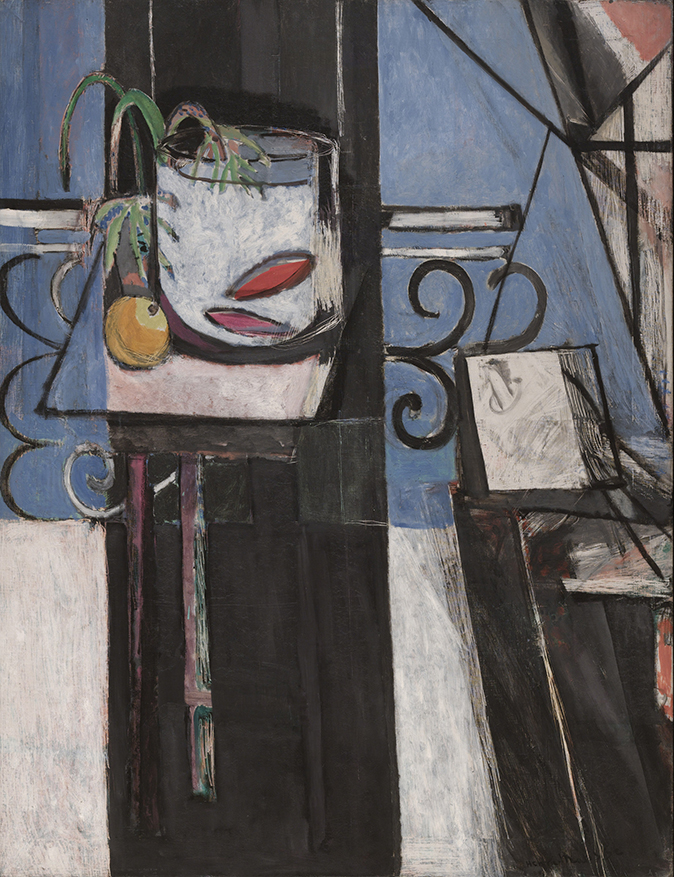
My favourite painting: Andrew Lawson
'It amazes me that this painting was made more than a century ago'
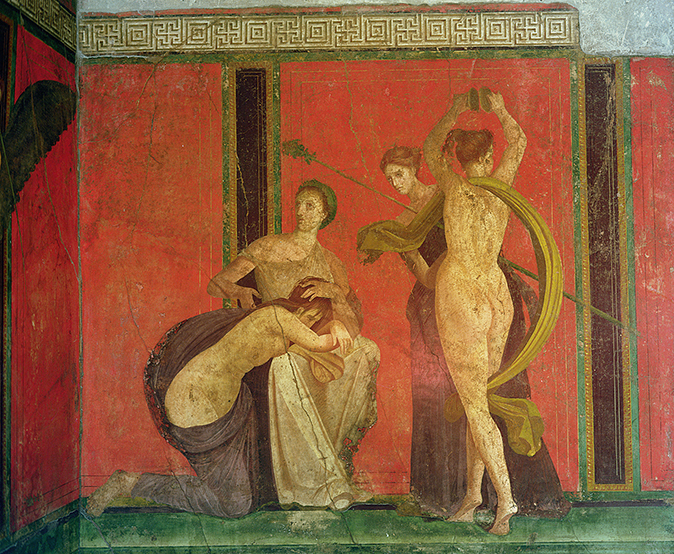
My favourite painting: Michael Hulls
'It’s painting not as an object to hang on a wall, but the wall itself.'
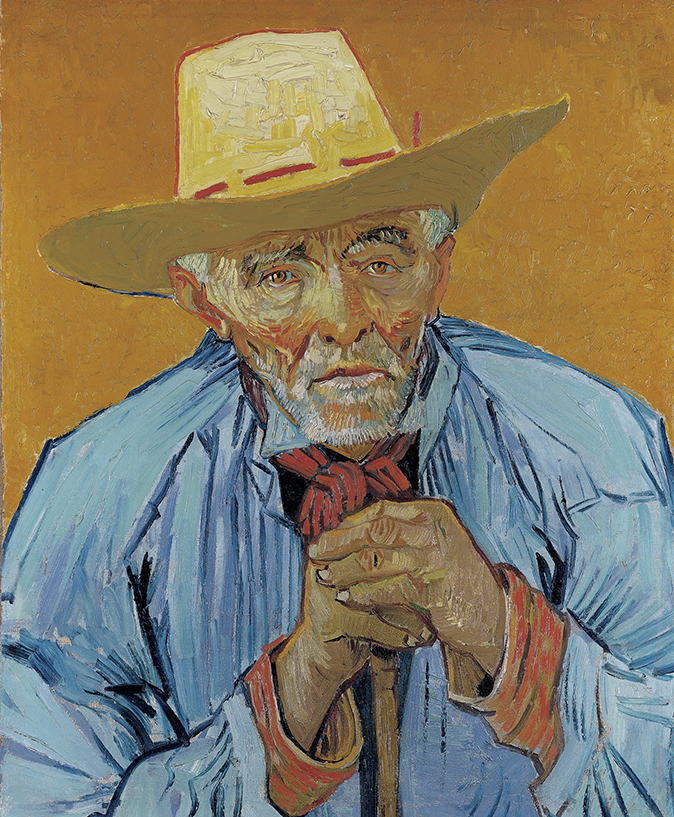
My favourite painting: Lord Hindlip
'I’m lucky to have gazed on this picture often. I could live with it and never tire of it.'
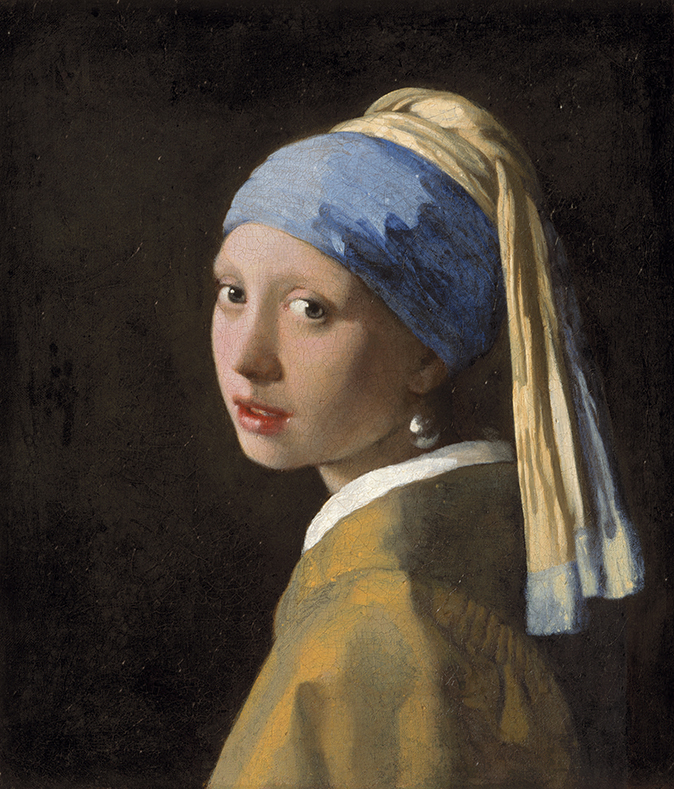
My favourite painting: Tracy Chevalier
'Her expression reveals how she felt about the painter'
Country Life is unlike any other magazine: the only glossy weekly on the newsstand and the only magazine that has been guest-edited by HRH The King not once, but twice. It is a celebration of modern rural life and all its diverse joys and pleasures — that was first published in Queen Victoria's Diamond Jubilee year. Our eclectic mixture of witty and informative content — from the most up-to-date property news and commentary and a coveted glimpse inside some of the UK's best houses and gardens, to gardening, the arts and interior design, written by experts in their field — still cannot be found in print or online, anywhere else.
-
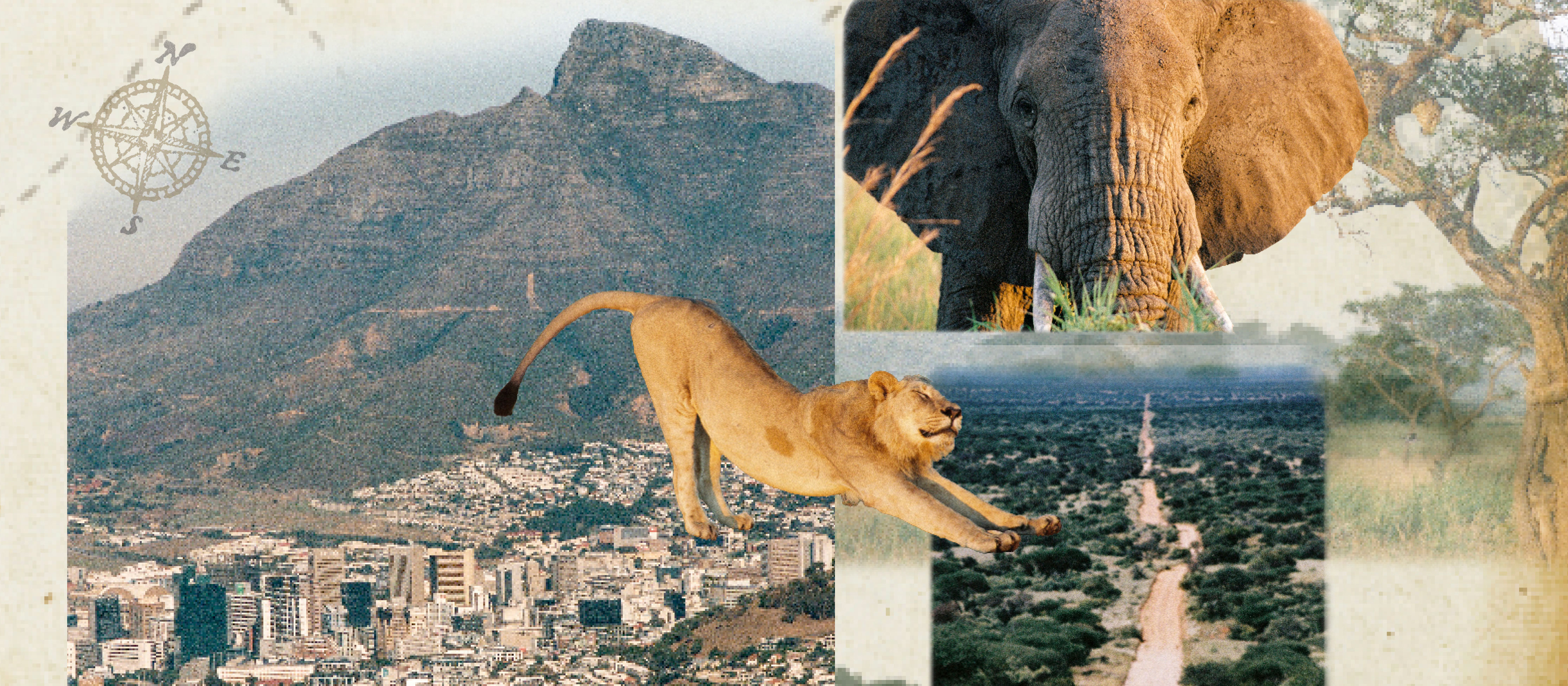 Vertigo at Victoria Falls, a sunset surrounded by lions and swimming in the Nile: A journey from Cape Town to Cairo
Vertigo at Victoria Falls, a sunset surrounded by lions and swimming in the Nile: A journey from Cape Town to CairoWhy do we travel and who inspires us to do so? Chris Wallace went in search of answers on his own epic journey the length of Africa.
By Christopher Wallace
-
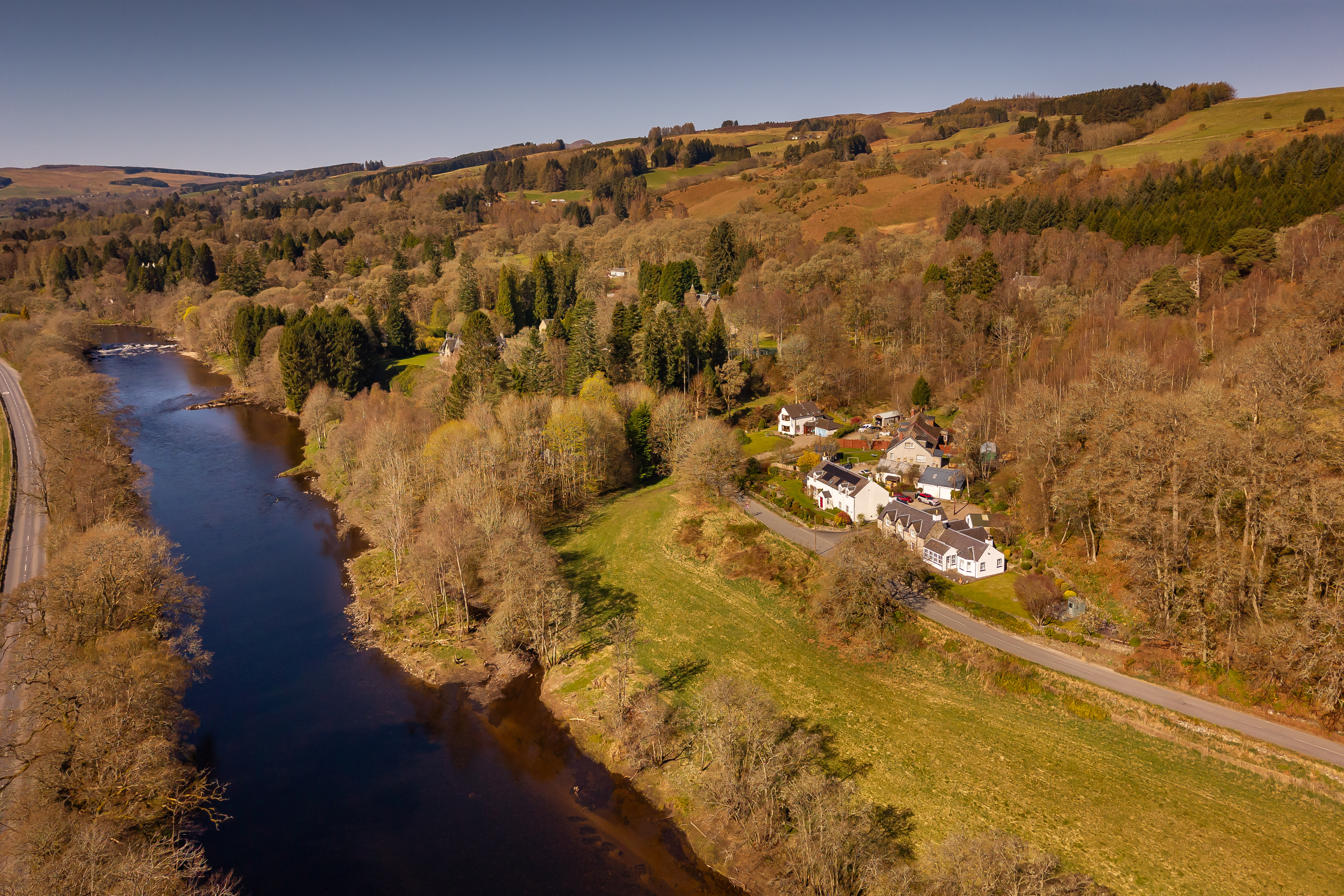 A gorgeous Scottish cottage with contemporary interiors on the bonny banks of the River Tay
A gorgeous Scottish cottage with contemporary interiors on the bonny banks of the River TayCarnliath on the edge of Strathtay is a delightful family home set in sensational scenery.
By James Fisher